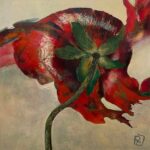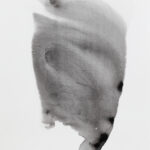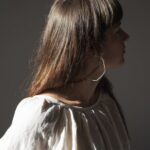Jean Soubeyran Delalande – Light That Shines From Within
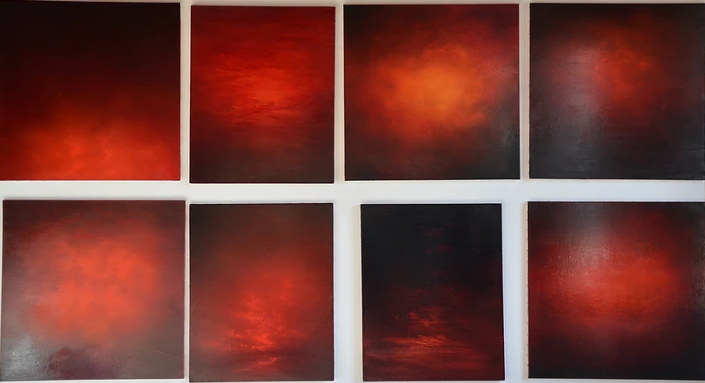
DIEULEFIT OR A NAME TO BE PROUD OF
What is in a name? The translation in English of Dieulefit (in the Drôme Provençale) is “Made by God” and it so happens that during the German occupation of France in WWII for many Jews and other refugees, well known writers, philosophers, and artists, this village of 2500 souls was indeed a Godsend. The title of Righteous Among the Nations was bestowed upon 11 inhabitants by the State of Israel. Everybody knew, but nobody spoke! Even the mayor who had been appointed by the Vichy collaborationist government kept quiet although he was aware that his secretary secretly forged false identity cards. Not one single Jew was arrested during the whole period of the war.
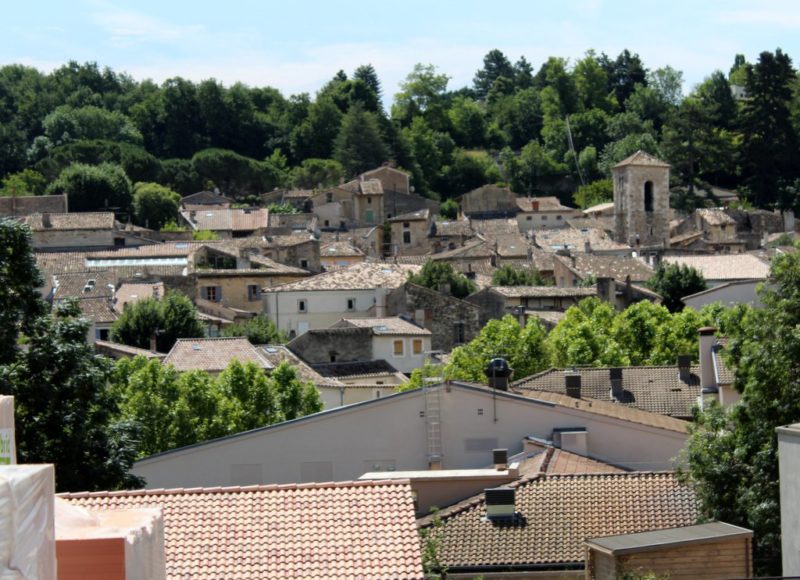
This collective act of silence is exceptional when one stops to think how many Jews were denounced in France and how many were deported to the Nazi extermination camps. Recently a monument, a semi-circled-wall around a marble column on which the faces of two children have been sculpted was inaugurated in a communal park to commemorate the courageous stance of Dieulefit. The sculptor was Ivan Thiemer from Czechoslovakia who also found asylum in the village after the Russians crushed the Prague Spring in 1969. Since then he has become a renowned artist in France. The positive counterpart derived from the presence of such a large number of intellectuals and artists in those war years was the enormous input of creative energy that still prevails in Dieulefit where there are many potters, excellent ceramists, painters, writers, musicians and 3 galleries who exhibit contemporary art. As for the artists who found a safe haven in Dieulefit during the war some like the German painter Otto Wols are considered leading figures on the international art scene. Wols is the founder of a movement called Tachism, a forerunner and the European equivalent of Jackson Pollock‘s dripping paintings in Amerika. Willy Eisenschitz was of Austrian origin and his works can be found in museums all over Europe. The paintings he made are essentially landscapes of the sunny south and of la Drôme. His French wife Claire Bertrand was a prominent expressionist landscape painter. These painters and others all contributed in establishing the reputation of Dieulefit as a centre of the arts.
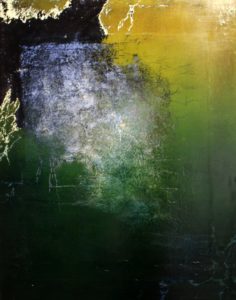 One remarkable figure from Dieulefit who played an important role during the war was Marguerite Soubeyran. She was one of the three directors of the Ecole de Beauvallon, an institution that dispensed an alternative and modern form of education to children in difficulty. They took in a large number of Jewish children and managed keep them out of the hands of the nazis, sometimes when there was an alert by hiding them up in the hills around Dieulefit until the danger had passed. Some of the boys who were sought by the French police spent the day at school but were obliged to sleep in caves at night. Marguerite Soubeyran was a forceful character and an eccentric who never hesitated to take drastic steps when required. This is how she decided to solve a temporary shortage of footwear in her school by having pupils and teachers alike walk around bare foot for a period stretching from February to November until new shoes were again available. A nephew of this extraordinary figure is the painter Jean Soubeyran -Delalande and a visit to his studio in Dieulefit is an experience that should not be missed.
One remarkable figure from Dieulefit who played an important role during the war was Marguerite Soubeyran. She was one of the three directors of the Ecole de Beauvallon, an institution that dispensed an alternative and modern form of education to children in difficulty. They took in a large number of Jewish children and managed keep them out of the hands of the nazis, sometimes when there was an alert by hiding them up in the hills around Dieulefit until the danger had passed. Some of the boys who were sought by the French police spent the day at school but were obliged to sleep in caves at night. Marguerite Soubeyran was a forceful character and an eccentric who never hesitated to take drastic steps when required. This is how she decided to solve a temporary shortage of footwear in her school by having pupils and teachers alike walk around bare foot for a period stretching from February to November until new shoes were again available. A nephew of this extraordinary figure is the painter Jean Soubeyran -Delalande and a visit to his studio in Dieulefit is an experience that should not be missed.
For a short documentary on the Ecole de Beauvallon and Marguerite Soubeyran, click here.
JEAN SOUBEYRAN DELALANDE
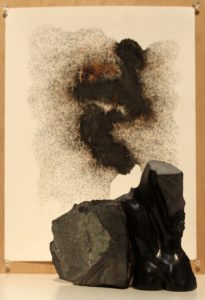 The Soubeyran family are long time residents of Dieulefit. As a child Jean Soubeyran Delalande always wanted to draw and might well have opted for a career as a painter after leaving school. However, his father advised him to study maths for which he was gifted instead, and become a teacher which was a surer way of earning a living. Having obtained his university degree Jean Soubeyran Delalande taught maths in Grenoble for ten years and then went to Morocco and Tunisia where he trained future maths teachers as part of the French Cooperation programme for former colonies. He returned to Europe in Belgium where he painted and exhibited for a number years before joining the staff of the European School in Brussels as a mathematics teacher. Circumstances arose that made early retirement possible so that he could dedicate himself completely to painting. He was 45 and he registered as a student at the Royal Academy of Fine Arts in Brussels where he studied for four years perfecting his techniques as a full time artist. A few years ago he bought an old factory building just outside his home town Dieulefit where he now lives, and works in a vast and luminous studio.
The Soubeyran family are long time residents of Dieulefit. As a child Jean Soubeyran Delalande always wanted to draw and might well have opted for a career as a painter after leaving school. However, his father advised him to study maths for which he was gifted instead, and become a teacher which was a surer way of earning a living. Having obtained his university degree Jean Soubeyran Delalande taught maths in Grenoble for ten years and then went to Morocco and Tunisia where he trained future maths teachers as part of the French Cooperation programme for former colonies. He returned to Europe in Belgium where he painted and exhibited for a number years before joining the staff of the European School in Brussels as a mathematics teacher. Circumstances arose that made early retirement possible so that he could dedicate himself completely to painting. He was 45 and he registered as a student at the Royal Academy of Fine Arts in Brussels where he studied for four years perfecting his techniques as a full time artist. A few years ago he bought an old factory building just outside his home town Dieulefit where he now lives, and works in a vast and luminous studio.
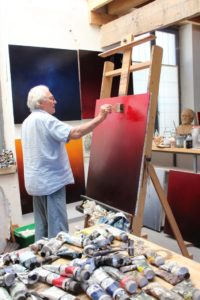
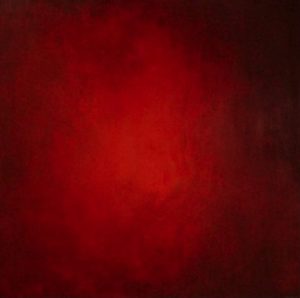 Jean Soubeyran Delalande is a big and hearty man who likes to exchange his thoughts about art and what it means for him and for other artists. In that respect it is interesting to follow his evolution as an artist for he has passed from figurative to completely abstract and quite evidently tends towards an inward deepening of awareness. Getting beyond reality is what matters for him! The early paintings clearly prove that Jean Soubeyran Delalande knows how to paint and that he was a competent representational artist. His first paintings however are surrealistic and they are already an indication that behind reality he was aware of a parallel mysterious and fleeting world. As yet it is not sure he knew what he was trying to express but little by little the quest for something deeper began to reveal itself. The pen and ink drawings he forces himself to make every single day whatever the circumstances might have provided the beginnings of an answer. “I cannot do without them” he says “and I will continue to make them until the day I die.”
Jean Soubeyran Delalande is a big and hearty man who likes to exchange his thoughts about art and what it means for him and for other artists. In that respect it is interesting to follow his evolution as an artist for he has passed from figurative to completely abstract and quite evidently tends towards an inward deepening of awareness. Getting beyond reality is what matters for him! The early paintings clearly prove that Jean Soubeyran Delalande knows how to paint and that he was a competent representational artist. His first paintings however are surrealistic and they are already an indication that behind reality he was aware of a parallel mysterious and fleeting world. As yet it is not sure he knew what he was trying to express but little by little the quest for something deeper began to reveal itself. The pen and ink drawings he forces himself to make every single day whatever the circumstances might have provided the beginnings of an answer. “I cannot do without them” he says “and I will continue to make them until the day I die.”
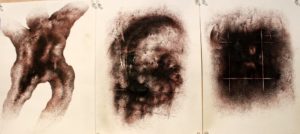
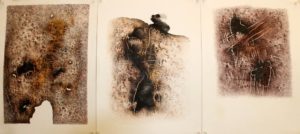
When he draws he shuts off his mind and lets the hand do the work like the artists who make Primitive Art do. For Jean Soubeyran Delalande these drawings punctuate the rhythm of the passing of time with the regularity of a metronome. Although it is not his purpose, once finished each one of these drawings becomes a small and accomplished work of art. Last year he surprised and impressed visitors by exhibiting 1000 of them at the Reformed church of Bourdeaux. These pen and ink drawings however, are more than just marks of the passing of time. Jean Soubeyran Delalande begins by a dark stain or a blotch after which he proceeds by letting his hand automatically run over the paper until the scrawls, jabs, scribbles, dots and other graphic signs create forms and a play of light and shade. And there lies the secret of Jean Soubeyran Delalande: light! The light that shines from within. It has become the sole subject of all his work. From that point of view the oil paintings are even more explicit. They are completely centred on light, the feeling of light the artist manages to conjure up through multiple layers of colour spread out with a pallet knife and equal strokes of a broad flat brush. The colours obtained by these superimpositions of layers of paint are unique in themselves but it is the light that shines through them that really counts!
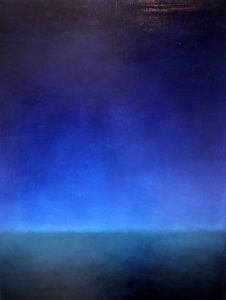
Links:
Jean Soubeyran Delalande – Galerie Kraft (note video at the bottom of the page)
Credit feature image: wewac.com
